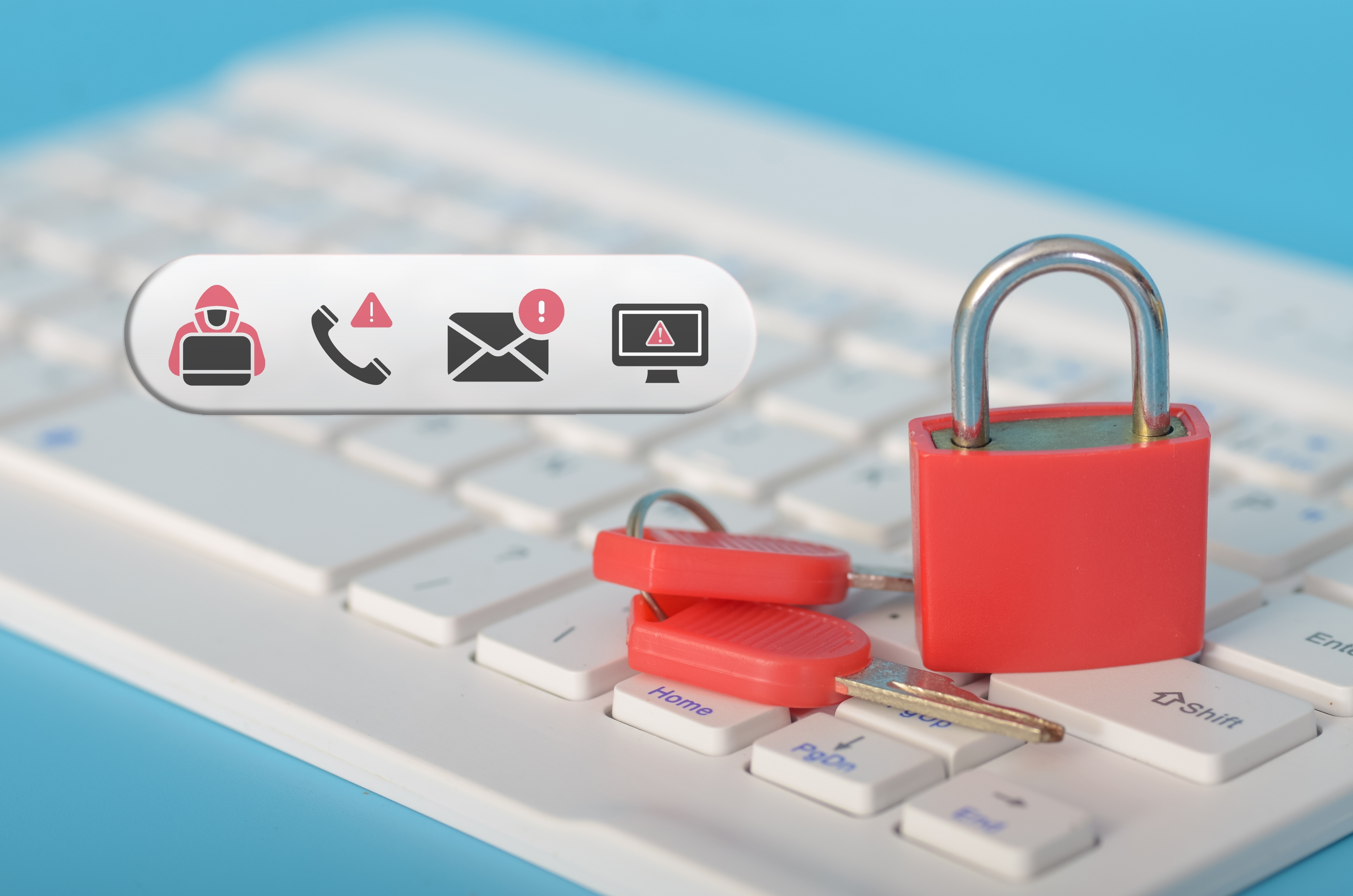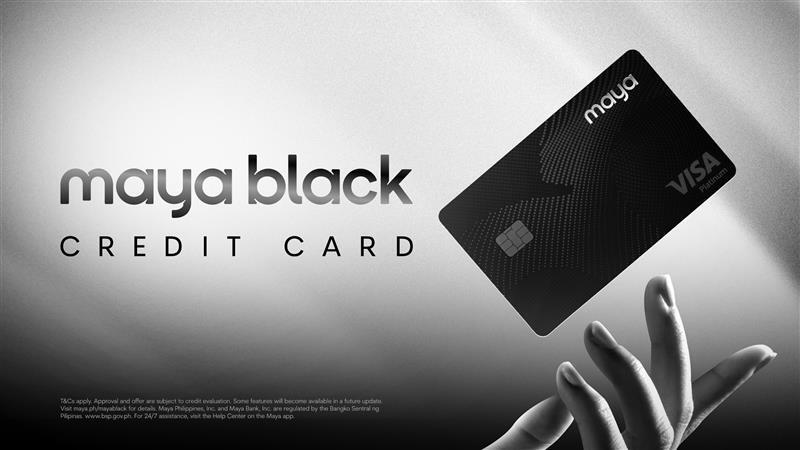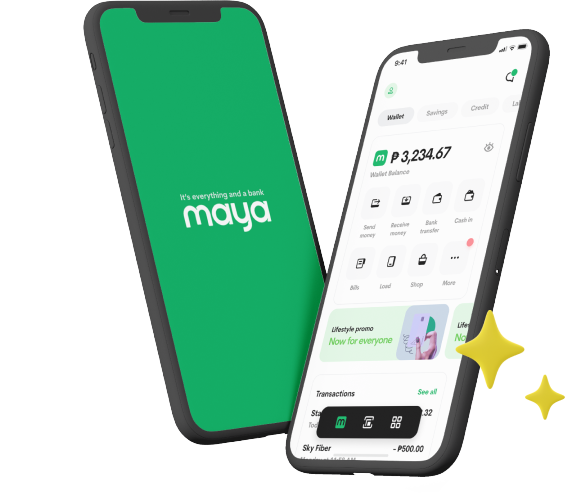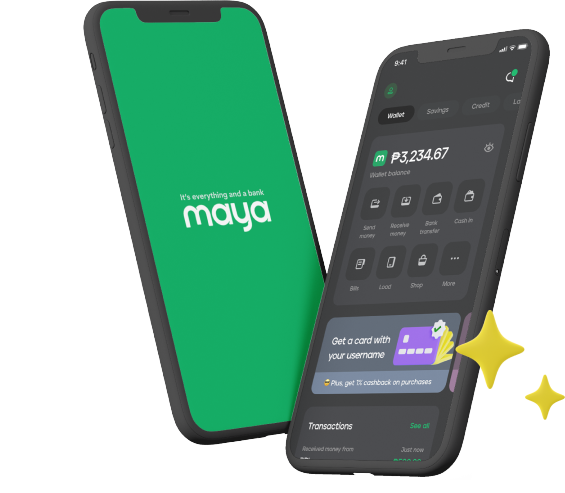When it comes to cybersecurity, individual persons are often considered the weakest link. This is because unlike technology, which can be programmed to strictly adhere to protocols, people are susceptible to manipulation, errors, and emotional responses. This belief is not entirely unfounded, as quite a few studies and reports already support it. For instance, the 2023 Verizon Data Breach Investigations Report noted that the majority of breaches, around 74%, were linked to human error or behavior, highlighting the effectiveness of social engineering tactics.
Social engineering is a cybersecurity threat that involves bad actors manipulating individuals to reveal their sensitive information or to perform certain actions that will compromise their security. One example of a common social engineering scenario is a scammer sending you an email or text message claiming to be a representative from your credit card provider and urging you to click a link to "verify" your account or risk having your card deactivated. That link will most likely lead to a fake website where you’ll then be asked to enter your credit card details. Once you submit your details, the fraudsters can then use that information for illicit transactions. This scenario illustrates the core of social engineering: manipulating human trust and fear to trick you into revealing sensitive information. In these cases, even the most secure credit card can be compromised.
Despite these threats, keeping your credit card safe when you’re shopping online or paying your bills is still certainly possible. The key to ensuring secure online credit card transactions is to stay vigilant and be aware of common social engineering tactics that fraudsters employ. Here are some ways to strengthen your defenses against social engineering attacks and protect your financial information.
1. Evaluate Unsolicited Communications Objectively
Fraudsters manipulate the emotions of their victims by relying on the element of surprise or creating a sense of urgency. Because of their heightened emotions, victims are then less likely to think sensibly and end up just following the scammers’ instructions.
To avoid falling for this tactic, be cautious, by default, of any unsolicited email, call, or text message asking for your credit card details or other personal information. Take the time to evaluate the message rather than letting your emotions get ahead of you. Credible institutions wouldn’t ask for any sensitive information through such methods, so it’s best to just delete suspicious messages, hang up the phone, or block the sender.
2. Verify Requests for Information
A common social engineering tactic is to impersonate trusted entities and copy the format and wording of official correspondence to trick victims into giving their credit card details. If you receive a message that looks official yet is asking you to provide them with sensitive information, don’t engage with it directly. Instead, independently contact your credit card provider using the official phone number listed on their website to verify the legitimacy of the request. This should give you the assurance that you’re speaking with an official representative and not a scammer.
3. Utilize Your Credit Card’s Security Features
You can also add a layer of security to your credit card transactions by making full use of your card’s security features, such as spending limits and controls that allow you to toggle off specific transaction types, such as online purchases, contactless payments, or cash advances. Thus, even if a scammer gets a hold of your credit card details, you can thwart their attempts to use your card and minimize any financial loss.
The Landers Cashback Everywhere Credit Card by Maya offers enhanced security with features like one-time passwords for online transactions through its 3D Secure feature, as well as dynamic CVV for added protection. Your Landers credit card’s dynamic CVV is only valid for 24 hours and changes each time you access your card’s details on the Maya app. You can use this variable CVV feature for transactions, keeping your permanent CVV secure. Indeed, not only can you use your Landers Cashback Everywhere Credit Card to enjoy generous cashback rewards of up to 5% cashback at Landers, 2% on dining spends, and 1% on all other qualified transactions,*you can also rest assured that you’ve got a safe credit card to rely on for your day to day purchases.
4. Learn to Spot Phishing Attempts
An important factor in how to ensure safe transactions when using your credit card is knowing how to recognize phishing attempts and messages. Common signs include misspellings, odd grammar, variations in the email address used, and generic greetings (using “Dear Customer” instead of addressing you by name).
Even more important is to be cautious of unsolicited SMS messages as text hijacking scams are on the rise in the Philippines. This is where scammers use fake cell sites to send fraudulent messages that appear to come from trusted sources. These messages often contain suspicious links or urgent requests for personal information. Always avoid clicking on such links, as the displayed text URL may not match the actual destination, leading to malicious sites. Remember, Maya will never send you text messages with links that you need to click on.
5. Limit Sharing Personal Information Online
Some social engineering attacks also make use of information you’ve posted publicly to make phishing attempts more believable. Details such as birthdates, addresses, and names of your family members can be used to craft more tailored attacks. Hence, consider adjusting the privacy settings of your social media accounts or limiting the amount of personal information you share online to stay safe.
6. Stay Updated on Scam Tactics
Social engineering attempts and scam tactics continue to evolve as well, so it’s important to stay up-to-date on schemes to watch out for to keep yourself safe. Check with your credit card provider or keep abreast of financial news to know the latest fraud trends and what you can do to avoid falling for them. By knowing about how fraudsters operate, you can always stay one step ahead.
Understanding how social engineering works allows you to think logically should you become a target and thus avoid falling victim to scams and phishing attacks. Always keep in mind the pointers discussed in this article each time you receive an unsolicited message or use your credit card to ensure that you can transact online with peace of mind.
*Transactions that don’t qualify include: cash in, cash advance, quasi cash purchases, casinos and gambling, fuel, supermarket, pharmaceuticals, utilities, telco, and government.
You might also like
These Stories on Maya Bank





